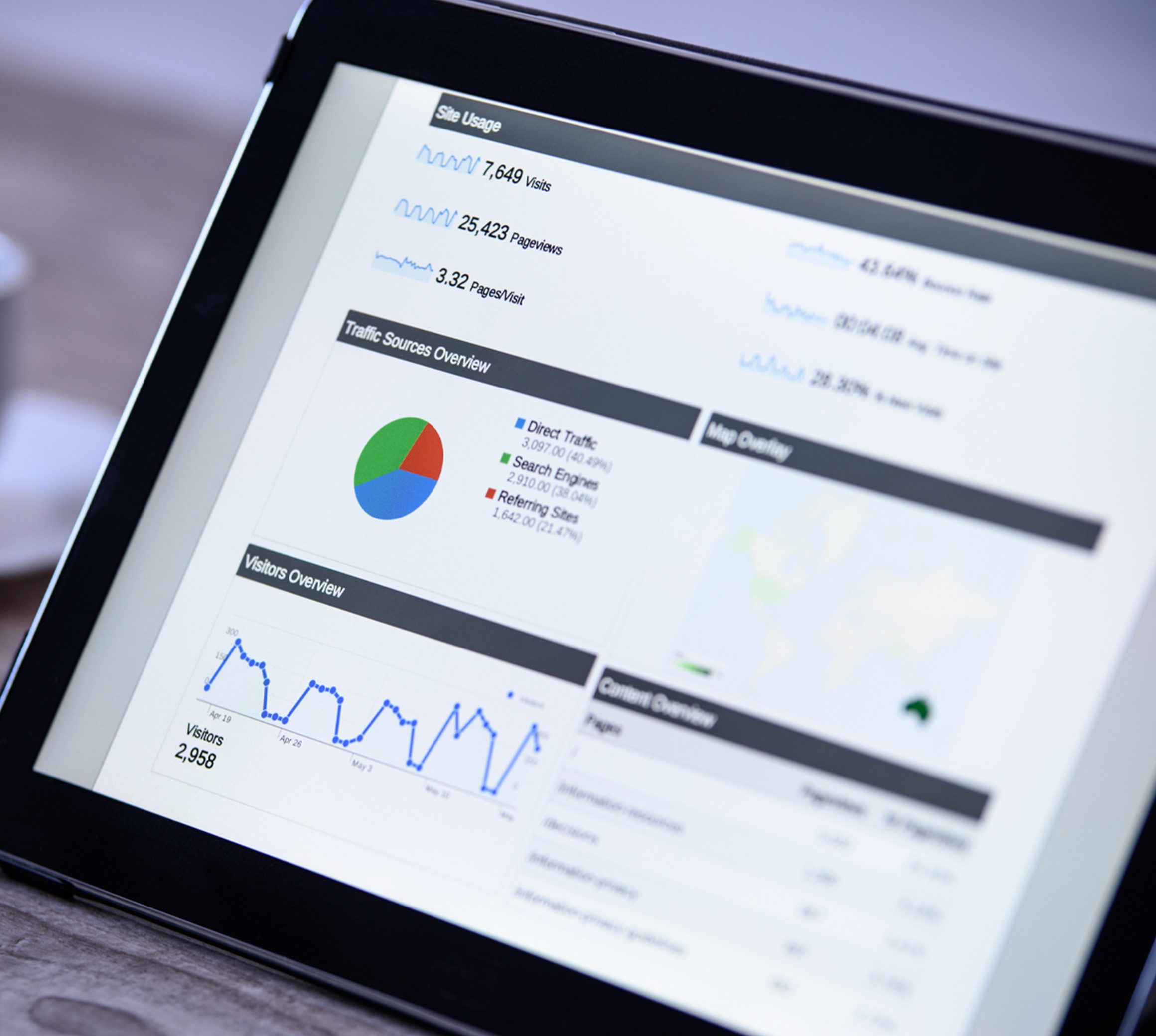Emerging from the Storm: 2021 Digital Marketing Trends for Consumer Brands
When evaluating 2021 digital marketing trends, it's essential to consider the tumult of 2020 and its long-term effects on brands and branding. Not only did the events of last year render long-held best practices moot, they also accelerated the need for brands to reevaluate their place in the market.
Prior to the pandemic, consumers were already turning to retail media platforms for more and more of their shopping needs. In the past 12 months, use of e-commerce platforms like Amazon, Walmart and Instacart has exploded. Likewise, marketers were already facing the death of the third-party cookie for data collection and tracking, but quarantine-related consumer behavior revealed the possibility of similar functionality in existing platforms such as email.
In short, 2020 demonstrated that brands need to accelerate their digital transformations and adopt a more strategic and agile approach to the market.
2021 Digital Marketing Trends for Brands
- Allocate advertising dollars to e-commerce platforms like Amazon, Walmart and Instacart
- Invest in first-party data collection
- Invest in email marketing
- Improve purchasing experience on retail sites
- Invest in customer data platforms
- Test new methods for ad targeting and measurement techniques
- Test cohort-based advertising
Allocating Resources to Amazon, Walmart and Instacart
For years, Facebook and Google have dominated the digital ad ecosystem. However, Amazon, Walmart and Instacart saw significant growth in 2020, and are expected to accelerate further in 2021.
There are two main advantages to marketing on these platforms. First, Amazon, Walmart and Instacart provide insights into customer behavior at every step of the purchasing journey. Second, return on investment becomes easier to demonstrate because conversions are tracked in one platform.
Starting in 2021, brands must begin allocating marketing budgets to these platforms in order to fully capitalize on their potential as they scale.
Investing in First-Party Data
Increasing regulation and restrictions on data collection combined with the third-party cookie's death means brands will have to place a greater emphasis on direct-to-consumer marketing in 2021.
Specifically, brands should turn to owned channels to capitalize on existing and engaged traffic. Email marketing platforms can help segment and nurture a brand's audience while reducing friction in the purchasing experience to increase revenue.
Brands looking to take a more comprehensive approach to data management can invest in customer data platforms that provide holistic insights into users across channels. By owning their own data, brands can strengthen and foster direct customer relationships, creating an engaged and loyal audience.
Testing “Cookie-Less” Targeting and Measurement
While the emphasis in 2021 will move towards direct-to-consumer marketing, that does not mean that advertising will stop. Brands should begin testing new targeting and measurement techniques now so that they can prepare for the third-party cookie-less future. Specifically, brands should start familiarizing themselves with cohort-based advertising.
Cohort-based advertising is the process of utilizing machine learning to group people together based on common browsing behavior. Taking a proactive approach towards data collection and management in 2021 will allow brands to weather the oncoming paradigm shift and emerge more vital than the competition.
What’s Next?
The uncertainty of 2020 will undoubtedly continue well into 2021; therefore, brands must invest in digital marketing initiatives that allow them to approach consumers from a place of agility and strength.
Expanding advertising on retail platforms provides greater insight and a better user experience as well. Data ownership allows brands to respond to the market in real-time while testing new data collection methods to drive improvement in a strategic and data-driven way. As the pace of change continues to accelerate in 2021 and beyond, brands must embrace the need for digital transformation—or be left behind.
To learn more about this topic or to discuss an issue impacting your business, contact Bailey’s Vice President of Client Services, Jamie Gailewicz, at 610-818-3103 or click here to contact us via [email protected].
Selected sources:



